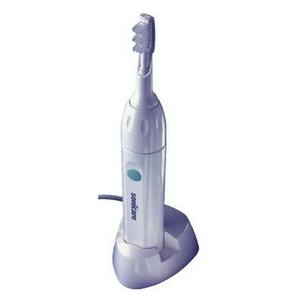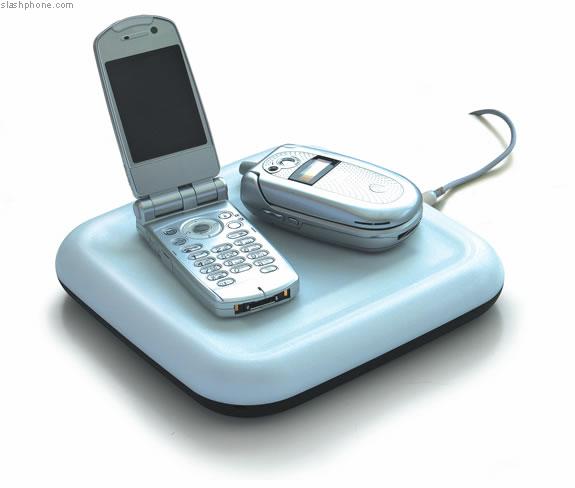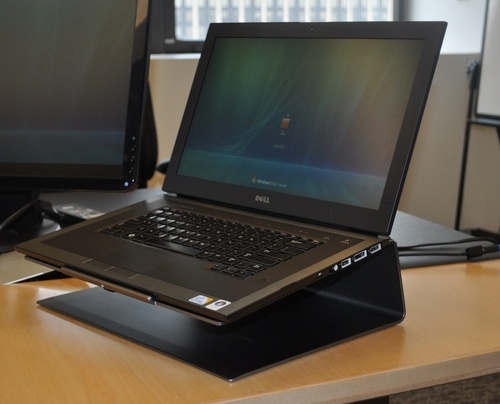|

Electric Toothbrush (electricshopping.com)
-
Today one of the more popular forms of wireless
induction is in electric toothbrushes. (Higginbotham)
-
This system allows the toothbrush to rest on the
charger without any metalic conacts to connect the toothbrush to the
base, allowing the toothbrush to remain water proof. It also
stops any problems that can occur with water getting on the contacts
and shorting out the charger unit. (Wilson)
-
The toothbrushes use a form of charging called
inductive coupling. (Wilson)
-
Using magnetic fields, first the base unit takes
current from the outlet and lets it flow through a coil, inside of the
base unit, creating the magnetic field.
-
Next when the toothbrush is on the charger the magnetic
field produces a current in another coil inside of the toothbrush.
-
Using this current the battery can recharge.
 
(Left) Powermat gadgetgrid.com (Right) Splashpad
slashphone.com
-
Another popular use of wireless induction is through
the Splashpower mat and the Powermat (Costa).
-
These wireless chargers work similar to how the
toothbrush and the base unit work.
-
Use coils in the mats to create a magnetic field.
(Costa)
-
The devices you want to charge must have either a
built-in or plug-in in order to be recharged while sitting on the mat.
-
The major problem with this particular system is that
in order to charge anything on the mat you must have a special adapter
for each device you want to charge.

Dell Latitude Z Laptop (physorg.com, Edwards)
-
Dell recently also came up with a laptop that uses
induction technology to charge the battery.
-
Uses the same technology as the toothbrush and the
mats, just using a special coil in the laptop and another coil in the
charging stand to create the electromagnetic field, charging up the
battery. (Edwards)
-
These are both great concepts of what can be done
today, there have been many pushes in order to make this technology
more popular, but there are problems with the current technology
including size of the magnetic coils and lack of efficiency at a
distance.
  
|

